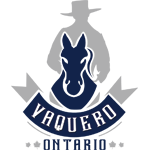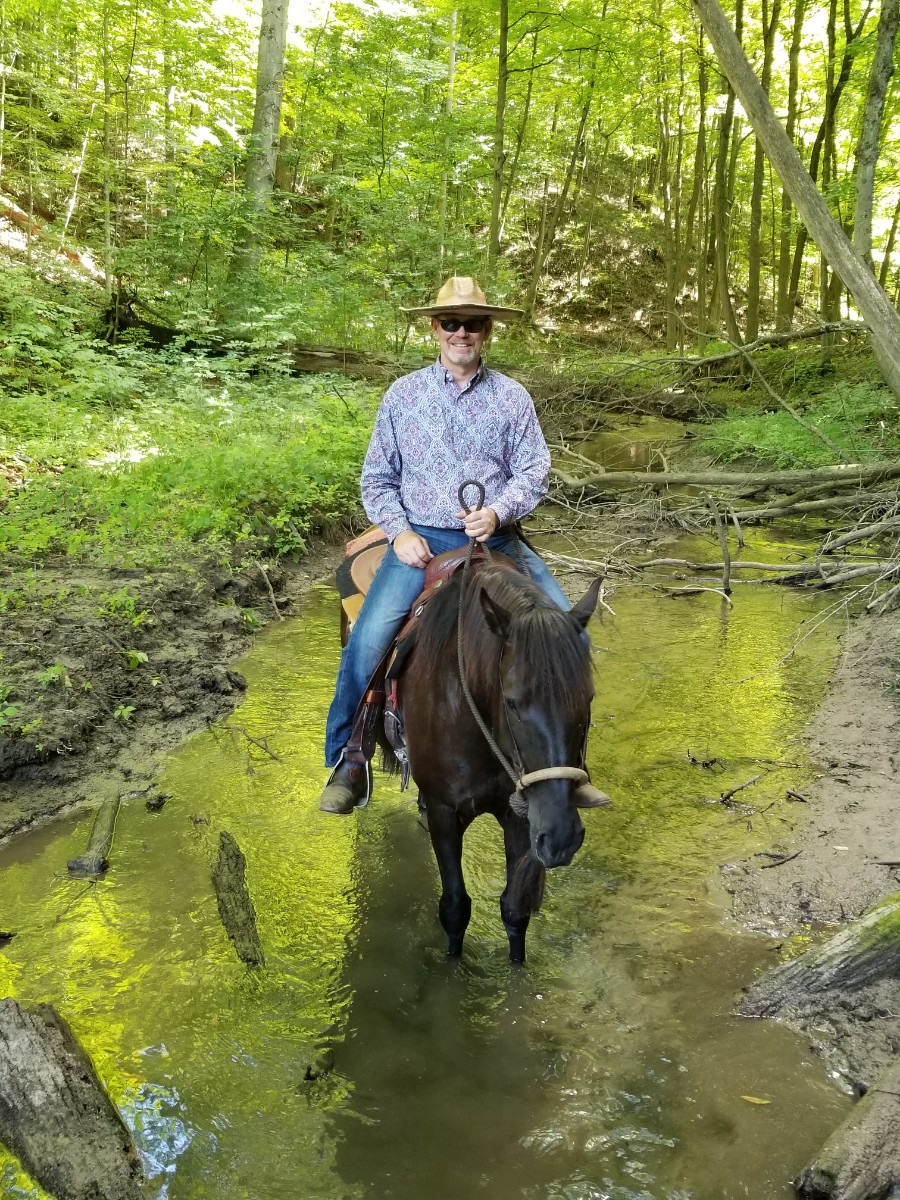Trust and Knowing in Horsemanship
Trust and knowing—these are two of the most important elements in horsemanship. Riding, at its best, should be a partnership—a union between horse and rider. Ray Hunt once said, “This is my body, my mind… maybe not yet, but one day.” For the horseman, that should be the ultimate goal. Not ribbons, not accolades—but that feeling of oneness with the horse. And when you truly feel that connection, it’s unlike anything else.
To reach that place, trust is essential. And to earn trust, you must first gain knowledge. You need to understand how a horse thinks, perceives, reacts, and finds comfort. You must believe your horse is capable of making the right decision—ifyou’ve given him the clarity and confidence to do so.
Interestingly, letting go and trusting comes more easily to horses than it does to us. Horses trust. Humans, more often than not, don’t even trust each other—let alone another species.
In a herd, once the pecking order is established, horses trust their leader. If one horse spooks, the others might follow, not out of fear alone, but because they trust that their herd mate saw something important—something possibly life-threatening. That trust is a matter of survival. Each horse knows its place, and relies on the others to stay vigilant.
We, by contrast, question everything. If someone yells “Run!” we instinctively ask, “Why?” But not the horse. The horse runs first. He trusts that what he doesn’t yet see may still be dangerous. Later, he’ll figure out it was just a squirrel. Your response in that moment—how you handle his spook—will either settle him or confirm his fear.
If you react with panic—pulling on the reins, spurring him, or yanking the bit—you’re likely telling him that yes, something is wrong. You’re proving that you’re just as worried, just as unsure. And more than that, you’re showing him that you can’t be trusted.
We want our horses to trust us, but how many riders are truly willing to offer trust in return? Time and again, accidents happen not because the horse was “bad,” but because the rider tried to gain control in a moment when the horse needed calm and clarity instead.
Control is not the goal of horsemanship—communication is. If you spend time observing a herd in the pasture, you’ll see what real leadership looks like. One horse may startle and take a few strides, and the others follow. Moments later, the first horse realizes there’s no threat and stops. The rest stop too. No one is “controlling” anyone—just trust, understanding, and natural balance.
Imagine trusting your horse enough not to jerk the reins in panic. Imagine having enough confidence in your seat and timing to ride through a startle or a quick sideways jump, and gently redirect his energy instead of punishing it. That alone can restore your horse’s faith in you.
Unfortunately, some riders are taught to resort to harsh techniques—like the so-called “one-rein stop,” which, when done in panic or with force, can be dangerous. Horses have fallen from having their heads yanked sideways at speed. If you’ve seen old cowboy movies where horses crash dramatically, that’s usually what’s happening.
Ray Hunt put it plainly:
“You say, ‘Oh, he might spook, he might buck, he might fall down, he might rear.’ So look what he’s working with. He knows you can’t handle it. And that don’t make him wrong to know that. He might do any of those things, because something might scare him or he might slip and fall. And yet the people can’t handle that—but they want to go on with their horse. If he turns around quick, they fall off.”
Trust is not one-sided. You can’t demand it without offering it in return. It’s a paradox that horses feel immediately: You want me to trust you, but you don’t trust me? How can that possibly work?
Most riders are taught how to go forward—walk, trot, lope. Some learn to back up. A few get as far as leg yielding. But often, it ends there. Yet horses have always known how to move sideways, how to spin, how to change leads. You didn’t teach them that—you just learned how to ask.
And when you ask with feel, with timing, with balance—when you know—they’ll give you more than you ever thought possible. Because they trust that you know.
Seek knowledge, and trust will follow.
Offer trust, and you just might receive the greatest gift horsemanship has to offer: the wholehearted partnership of the horse.

